Sennheiser, known for releasing various wireless systems in frequency bands A through B, offers the unique XSW-D Series. Among these, the XSW-D XLR Base Set, introduced in this article, allows you to convert any existing XLR output microphone into a wireless one by simply attaching it. It’s a product that fulfills the dream of “making this microphone wireless.”
Sennheiser / XSW-D XLR BASE SET
You might wonder how practical this product is. Let’s review its specifications, features, and usability.
“Turn Anything Wireless Adapter” That Fits Any XLR Connector
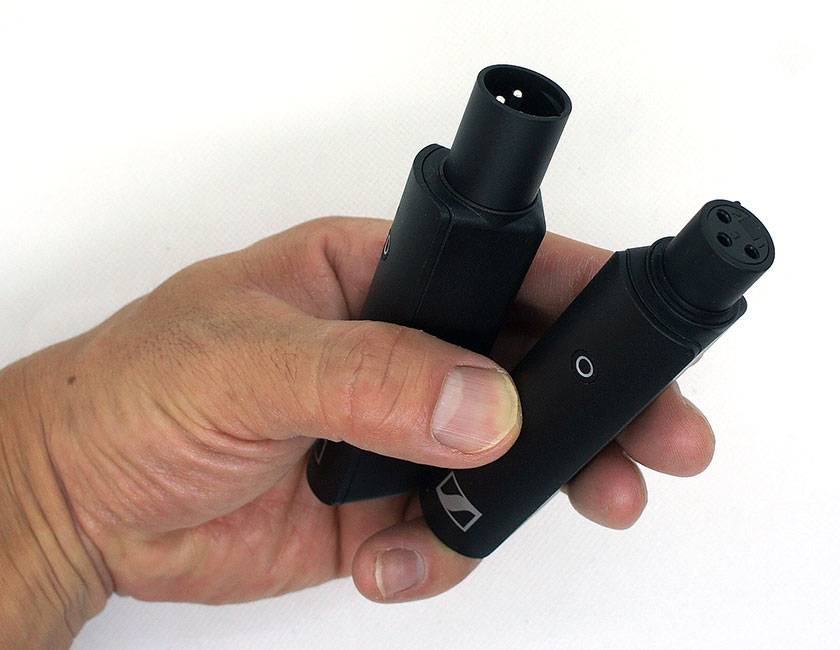
<Transmitters and receivers both feature XLR connections>
Let me introduce a product overview again.
The XSW-D XLR Base Set consists of a transmitter and receiver, both equipped with XLR connectors. By attaching the transmitter to the microphone and the receiver to the mixer, you can make any dynamic microphone wireless, which is simply amazing.
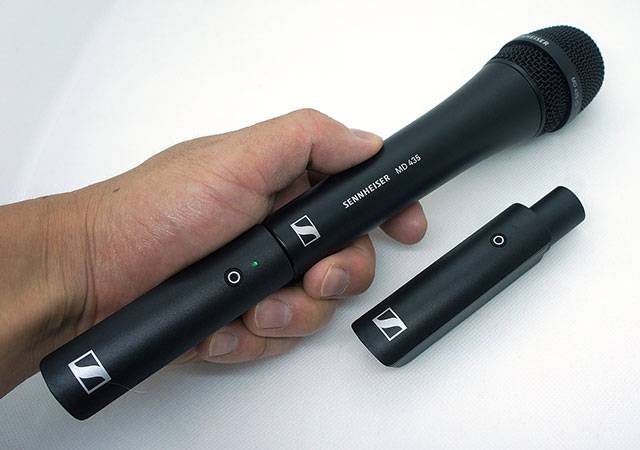
<Simply plug it in to complete the setup>
For wireless transmission, it uses digital wireless technology in the 2.4 GHz band, meaning no license or application is required. Anyone can easily convert any dynamic microphone to wireless.
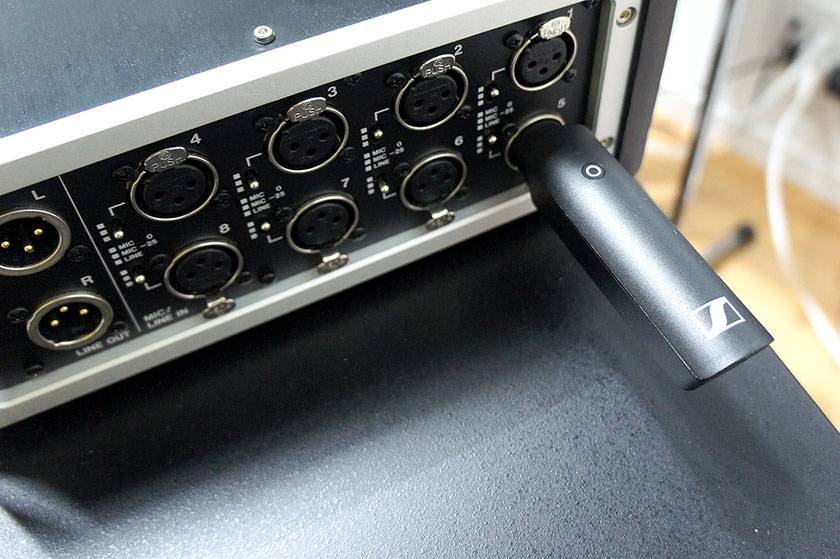
<Directly attaching the receiver to a recorder>
The receiver connects to mixers or recorders. While you can attach it directly, since it uses XLR connections, you can also connect it via cables. If there’s no space around the mixer, connecting it via a cable might be the better option.
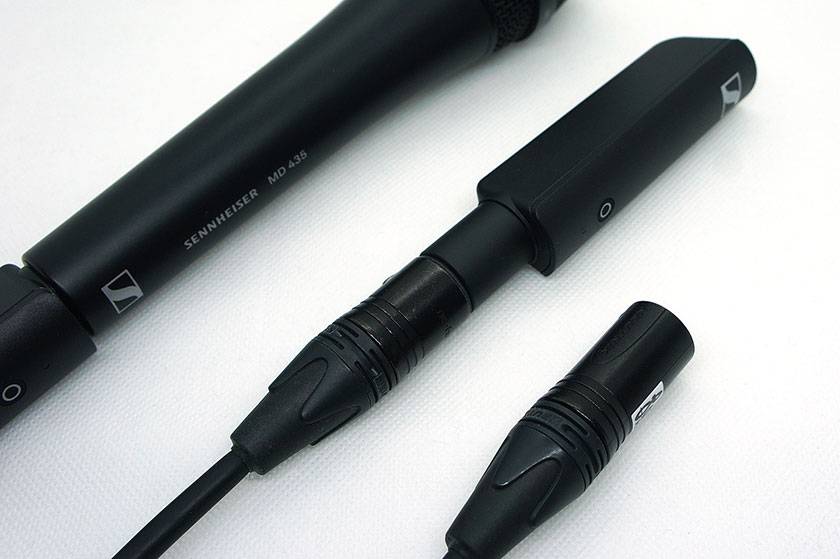
<The receiver can also be attached to a cable>
One caveat is that it cannot supply phantom power. In other words, it cannot be directly attached to condenser microphones.
You can use up to five units simultaneously, and the maximum transmission distance is 75 meters, which should be sufficient for small events.
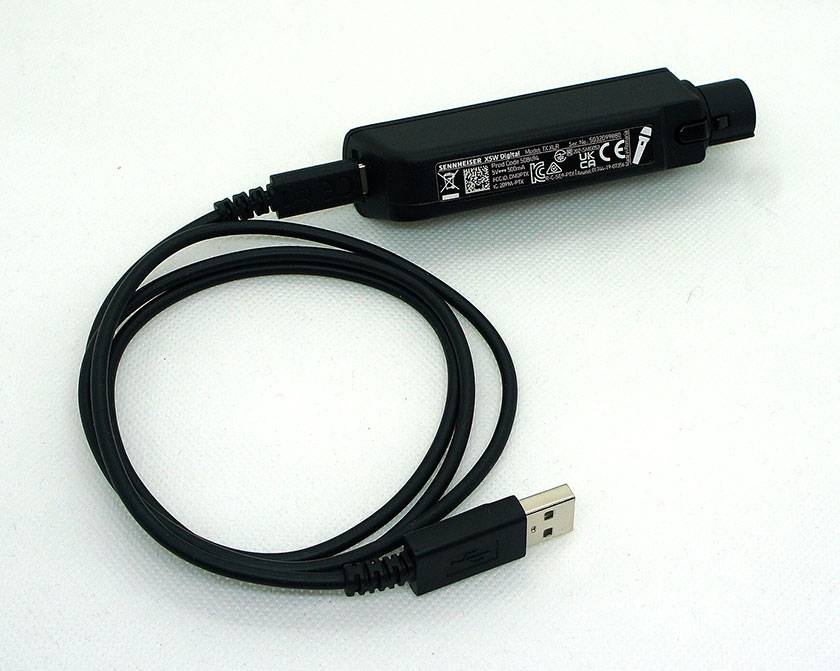
<Charging via the included USB-C cable>
Both the transmitter and receiver run on batteries and are charged via a USB-C cable. The battery has a capacity of 850mAh and takes three hours to fully charge. With a runtime of up to five hours, it seems reliable for use during rehearsals, with time to recharge before the event.
However, the included USB-C cable is for charging only and does not support audio interface functionality. Please note that even if you connect it to a computer, it will only charge.
The Fun of Upgrading Sound by Changing Mics! But Be Aware of Frequency Response
Next, I checked the actual sound quality and wireless stability.
Having used various devices with 2.4 GHz digital wireless, the sound quality felt equal to or even better than others. By choosing the right microphone, you can likely create a higher-quality system compared to existing 2.4 GHz digital wireless systems. Wireless transmission via aptX® Live is sufficiently high in quality, offering potential for use in a variety of situations beyond just small events.
Of course, the sound quality will vary significantly depending on the microphone. Cheaper mics will produce cheaper sound, while high-end mics will deliver sound worthy of their price. For those who already own high-grade dynamic mics, this system will be fantastic.
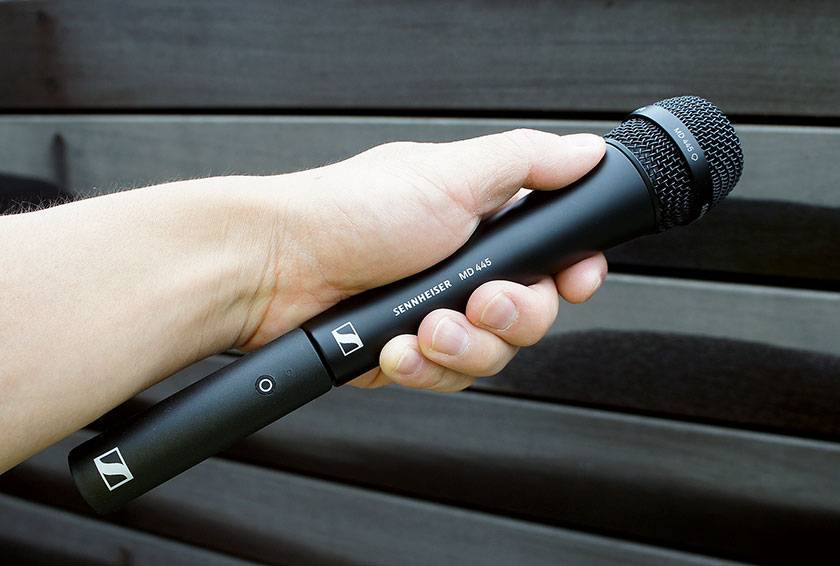
<With an MD 445 connected, it becomes wireless in an instant>
I tried it with the MD 445, and the sound quality shone through, surpassing that of traditional all-in-one 2.4 GHz digital wireless microphone systems. You can easily use different microphones for different roles, such as lead vocals and MCs.
One point of caution is the frequency response. It has a slightly narrower range on the low end, from 80Hz to 18,000Hz. This won’t be an issue for vocals or speeches using a low-cut filter, but in situations where low frequencies are needed, you’ll need to assess whether this product is suitable. For example, if you’re using it to record audience reactions in a venue, sounds below 80Hz will be cut off, and when used for musical instruments, low frequencies will be reduced.
Regarding wireless transmission, I experienced no issues while using it. It worked smoothly, even at a distance or when obstructed. Of course, this depends on the reception environment, but that’s the case with any wireless system. You can increase the freedom of receiver placement by connecting it via a cable, allowing for higher installations. In venues with poor line-of-sight, positioning the receiver carefully will ensure smooth operation.
Should You Buy a Fixed System or This?
In terms of audio quality, while there is a price-related difference compared to Sennheiser’s other wireless systems, it’s not significant enough to affect practical use.
For instance, while the receiver of the higher-end ew 500 G4-KK205 system, the EM 300-500 G4, has a signal-to-noise ratio of 115dB, the XSW-D XLR Base Set’s receiver, the XSW-D XLR FEMALE TX, has a ratio of 106dB.
Of course, there are differences in the codecs used (the part that converts sound for wireless transmission), so sound quality varies. However, for audio systems used in small to medium-sized events, this difference is unlikely to pose any practical problems.
Thus, it’s better to base your decision on usability and the level of reliability you require, rather than sound quality.
The battery life of the XSW-D XLR Base Set is five hours with its built-in battery, whereas even the entry-level XSW 1 Series can run for ten hours on AA batteries.
In terms of transmission, the XSW 1 Series features antenna diversity, while the XSW 2 Series and higher offer true diversity, meaning that dedicated units provide greater transmission reliability. Additionally, the XSW 2 Series and above allow for the use of external antennas, as they have separate antennas.
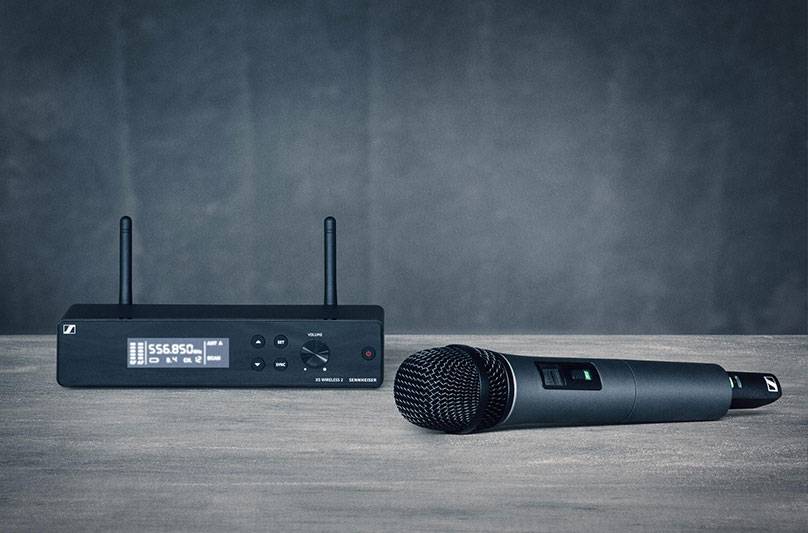
<The XSW 2 Series has advantages in reception sensitivity, etc.>
Although I didn’t encounter any issues with reliability or battery life when using the XSW-D XLR Base Set, if you need even more reliability, purchasing a dedicated system might be a better option.
Of course, the price of the microphone plus the XSW-D XLR Base Set becomes the system’s total cost. If you don’t own a microphone, it’s more affordable to buy a system like the XSW 1 Series that includes a microphone.
In conclusion, this product is likely best suited for those who want to wirelessly convert a microphone they already own for use in speeches or vocals. Converting your favorite mic to wireless is a bit of a dream, and for those who’ve been looking for such a solution, this product could be perfect.
Additionally, it seems well-suited for outdoor interview recording over short distances where few other wireless systems are being used simultaneously. If your camera has XLR input, you can easily create a high-quality wireless environment.
The setup is as simple as connecting it to the XLR terminal of an existing system. Now, it’s so easy to have a wireless environment. This ‘dream product’ opens up new possibilities—why not explore them?
The “sound & person” column is made up of contributions from you.
For details about contributing, click here.





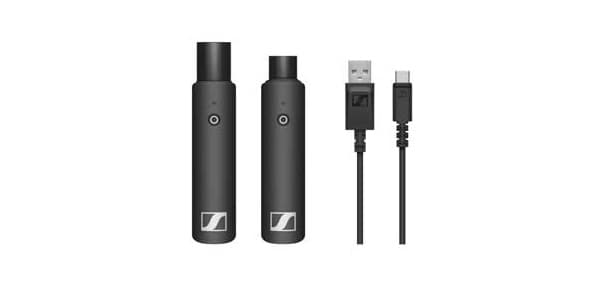

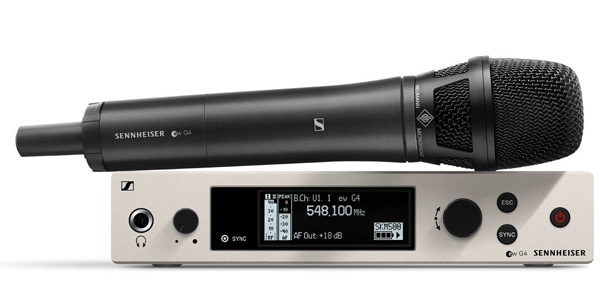
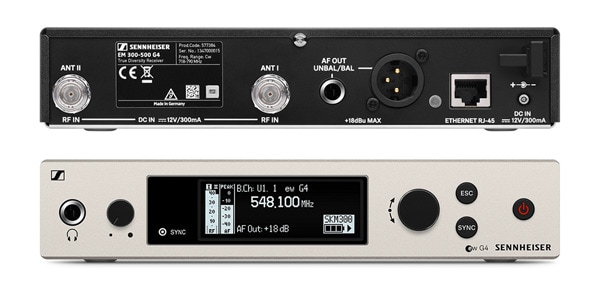
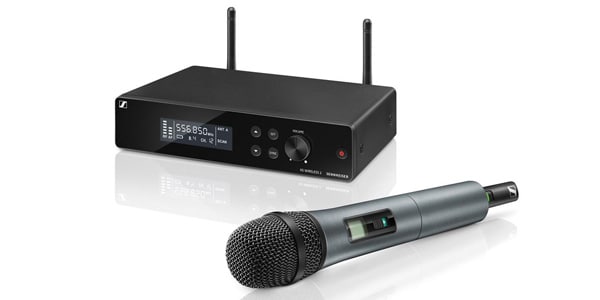






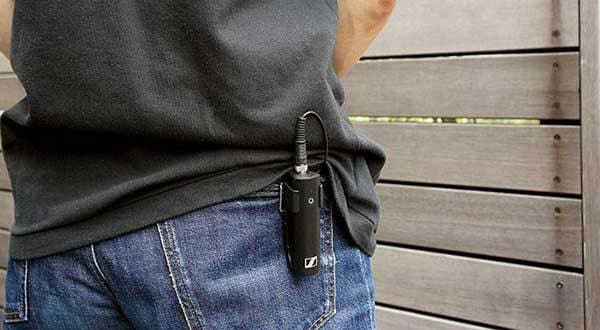
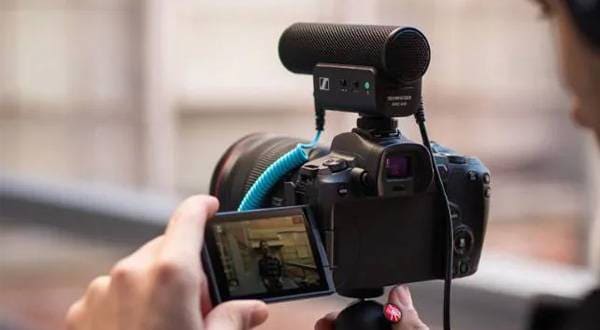
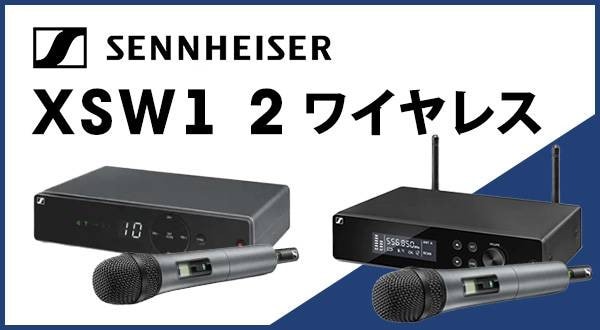


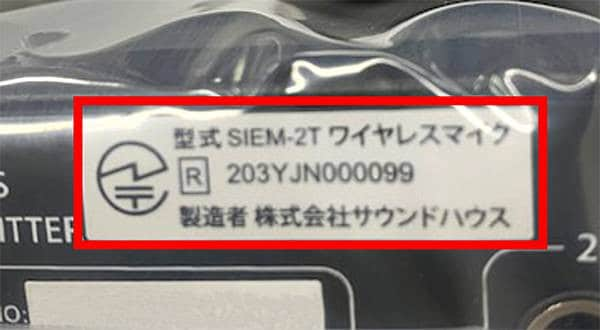
 SENNHEISER プロ用インイヤーモニター
SENNHEISER プロ用インイヤーモニター
 SENNHEISER(ゼンハイザー)特集
SENNHEISER(ゼンハイザー)特集
 コンデンサーマイクとは
コンデンサーマイクとは
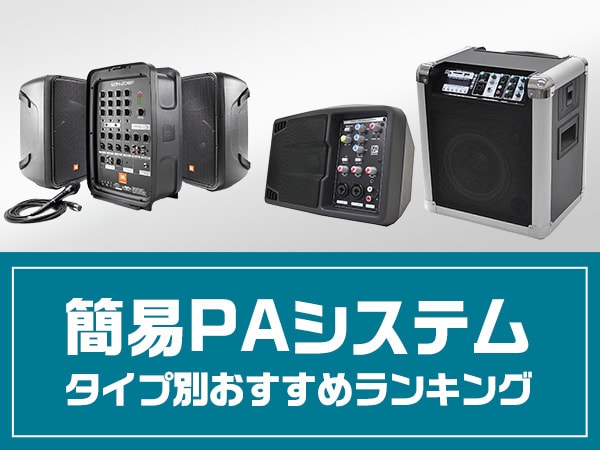 簡易PAシステム タイプ別おすすめランキング
簡易PAシステム タイプ別おすすめランキング
 ワイヤレスマイクロホン
ワイヤレスマイクロホン
 ワンランク上のボーカルマイク選び
ワンランク上のボーカルマイク選び















